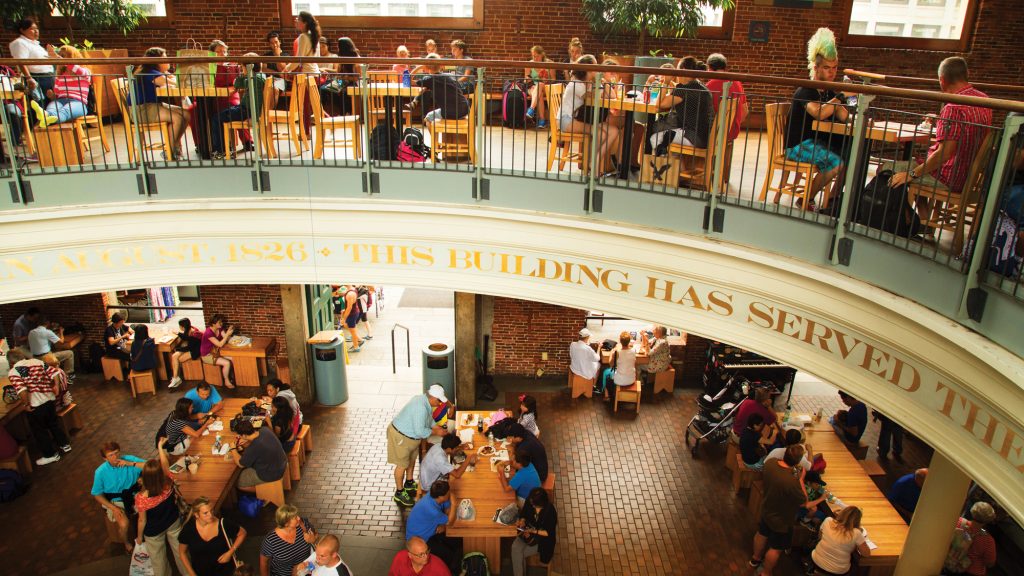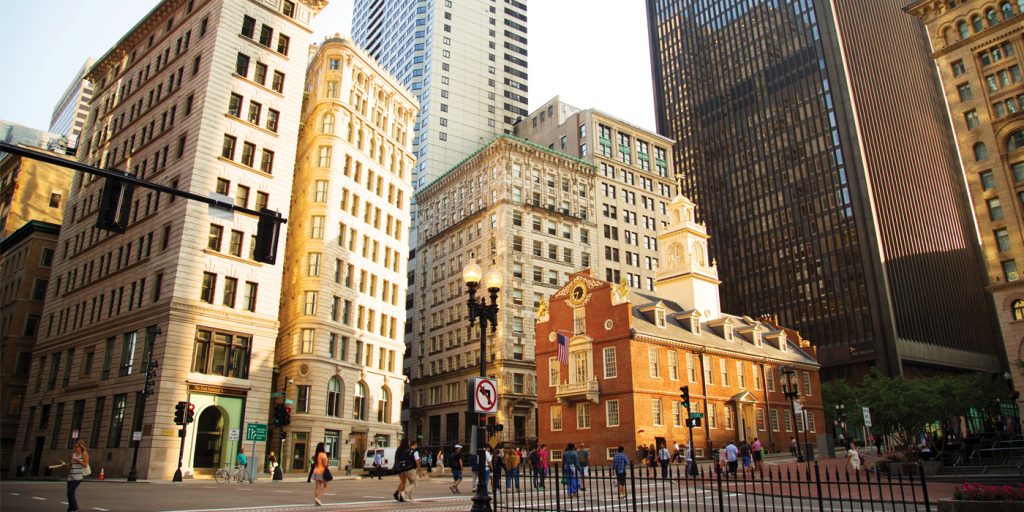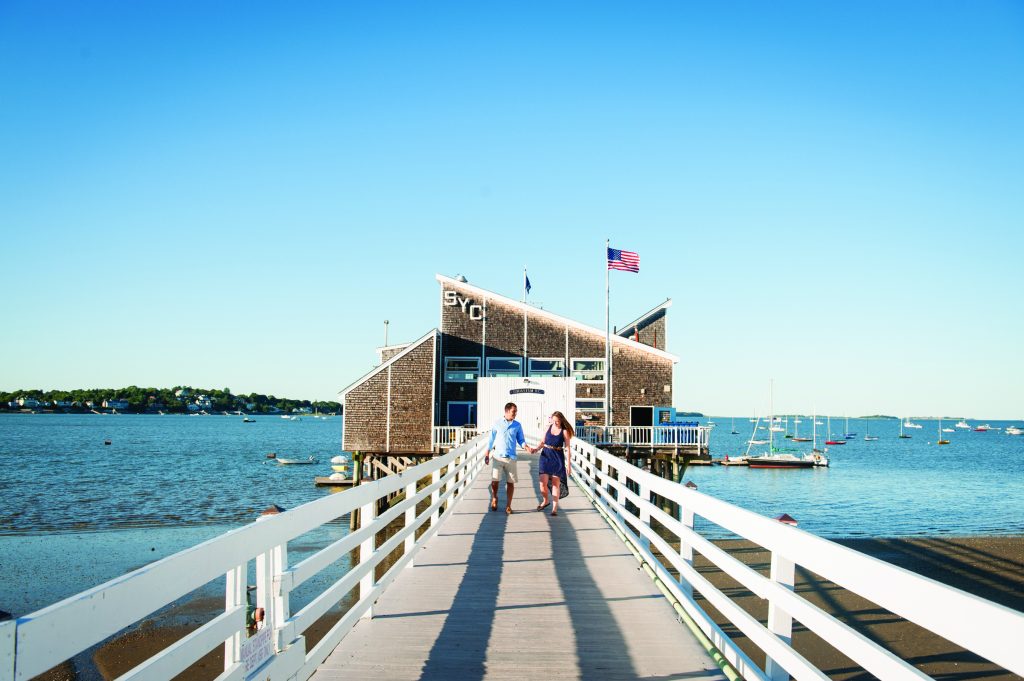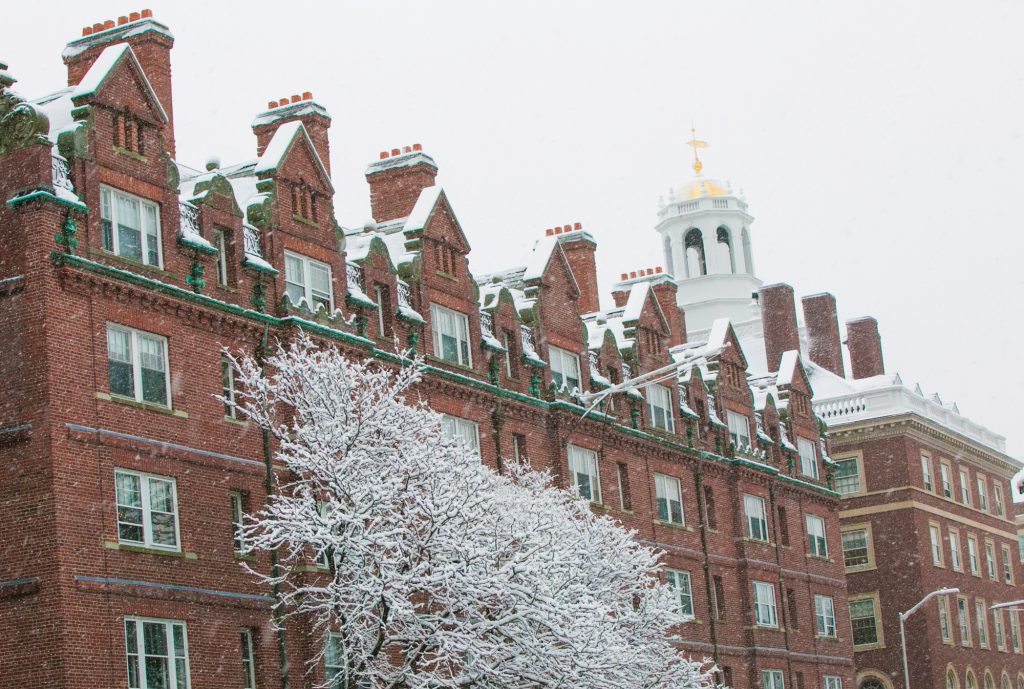Boston or Bust
There are three things to be aware of when travelling in Boston and talking to locals:
1. Do not under any circumstances attempt to mimic the Bostonian accent; 2. Never attempt the Bostonian accent; and 3. The Bostonian accent is not to be attempted. You will find yourself alone. Fast. You can take this tip either way, as a positive or a negative; it all depends on your preferred mode of travelling.
The general character of a place really comes down to the psyche of its people – how they see themselves and how they see the rest of the world. I think, as a tourist, it’s important to understand and also to experience this.
Jurist (a real, non-TV one), Oliver Wendell Holmes famously called Boston “The hub of the solar system,” which has since been expanded to “Hub of the Universe.” This may help you to understand Boston’s somewhat complicated self-image. Hugely important in American history and for centuries, the seat of USA’s social elite, Boston’s prominence was overshadowed in the twentieth century by cities such as New York, Los Angeles and San Francisco. Over the last two decades however, Boston has regained political, economic and cultural importance.
Is it still the centre of absolutely everything? Just ask a Bostonian.
The Facts:
Founded in 1630 by puritan religious dissidents fleeing England, its easily defended harbour and the fact that it is the closest harbour to Europe, helped it to assume a leading role in the booming economic trade with the Caribbean and Europe.
Instigators of the independence movement in the eighteenth century, the city and its residents became central to America’s revolutionary activity during the Colonial period. Several of the Revolutionary War skirmishes were fought there – The Boston Massacre, The Boston Tea Party (You have to love that name) – and the residents’ fervent support of independence earned the city the nickname, “The Cradle of Liberty.” This attitude still exists and forms a core of the Boston psyche. As a tourist, you can be assured you can experience this first-hand simply by being proximal to a Bostonian behind the wheel.
Boston continued to grow throughout the nineteenth century, assimilating neighbouring towns into the metropolitan care. Its importance in American culture was immense and its literary and economic elite assumed a mantle of aristocracy in the United States. Their progressive attitude to the arts and social ideals was unprecedented in the developing New World and helped to drive scientific, social and educational change that would sweep the country. The extent of the importance education holds in Boston’s history extends from the founding of America’s first public school, Boston Latin in 1635, to the situation today, where more than 50 of the New England region’s 117 colleges and universities are in the Boston area – Harvard, MIT to name a couple.
During this period of change and growth, the city’s working class continued to swell with immigrants from Europe, and the huge Irish influx made Boston one of the most important Irish cities in the world – in or out of Ireland. This Irish labouring population gradually climbed throughout the social classes in not just Boston but the rest of the US, which is well evidenced by the continued significance of the Kennedy family in national politics.
Getting Around
Boston is a city of diverse neighbourhoods, many of which were originally towns assimilated by the city’s expansion. These are still referred to by their original names and you’ll often hear people tell you they are from “JP” (Jamaica Plain), “Southie” (South Boston), “Dot” (Dorchester) or “Eastie” (East Boston) rather than from “Boston.” Alternatively, people from the suburbs will often tell you they are from Boston when they in fact live in one of the outlying suburbs. If in doubt, you can check for the “Resident Parking” signs, which will identify where you are.
The streets of Boston are not conveniently laid out in a grid but are essentially paved versions of the seventeenth century cattle trails and dirt roads they replaced. There are many haphazardly arranged, one-way streets, and general signage is nothing short of terrible. Often there is no clue of what street you are crossing and many Bostonians have adapted in a very simple way – by completely ignoring street names outside their immediate neighbourhoods and navigating by landmark or memory. Thankfully, Boston is well served by a public transport system known simply as the “T,” which is a combination of subway, bus, water shuttles and commuter rail. For most tourist destinations in Boston and Cambridge, the subway and walking, especially downtown, is the best way to go.
Even if you’re walking, it’s worth mentioning the Bostonian driving “spirit,” the roots of which can be traced back to that spirit of independence and liberty that lies at the heart of Boston itself. Boston drivers will go out of their way to cut-off a passing car, ambulance or a hapless pedestrian (especially a tourist) attempting to cross the road. It’s all very simple though; when asked to explain the Bostonian road rules, the taxi driver said: “In Boston it’s simple to figure out who has the right of way,” pausing to comment, by gesture, on a neighbouring driver’s driving skills, “The answer is: I do.”
When to Visit
Considering the advice just given about navigation on foot, it is worth noting the extremes of weather that Boston experiences. The winters can be cold and bitter, and the summers, hot and humid. Consequently, the best times are spring and autumn, which, being the northern hemisphere are the flipside of New Zealand’s.
While a sunny winter’s day in Boston can be a beautiful thing, it may also be frigid. We’re talking anywhere from minus two to minus 13 degrees and being that it is also the windiest city in America (despite Chicago’s assertions), the wind off the Charles River will make it feel even colder. A day of snowfall too can be a pretty thing in New England but after a storm it can otherwise generally be a mess to get around in – unsafe roads, footpaths covered in slush and ice, flight cancellations and all the other associated unpleasantness.
Tourist Attractions
This is a huge list. Refer to our sample tour but the most popular is worth a separate mention.
By far the biggest tourist trap is the “Cheers.” The name of the bar is really The Bull & Finch Pub located on 84 Beacon Street, Beacon Hill. It is relatively cool to walk by and see where the outside shots for the United States sitcom, Cheers were filmed but do realise that the actual interior of this place is in a studio in California somewhere and should not be a major attraction in itself on anyone’s itinerary. They do, however, sell merchandise with the Cheers logo, so for some retro-cool T-shirts, this may not be such a bad stop on the itinerary. Buy one…Then go to a real Boston pub – the Beacon Hill Pub – around the corner in Charles Street. Visit it though, and be forever doomed to never quite fitting in as a Bostonian.
Oh, by the way, did I mention? Do not evah attempt to mimic the Bahston accent.
Day 1
Start your Boston trip by taking in the sights of Cambridge and Harvard. Cafes (straight from a scene in Good Will Hunting) and buskers are part of Harvard Square’s character and charm. Check out the architecture of the Harvard buildings, and spend the rest of the afternoon at the stores and independent bookstores in the area.
Next, hop onto the “T” and get off at the Prudential Centre on Boylston Street to ride the Duck Tour. A perennial favourite, this will assure that you at least see all of Boston’s main attractions – from the bar that inspired Cheers and the Massachusetts State House to a water tour on the Charles River. This boat/bus is a great way to see the city in approximately 80 minutes.
Day 2
Begin the day at Fenway Park Stadium. This guided tour is a must with the park’s rich history and pop culture, even for the non-baseball fans out there.
Next stop: Newbury Street. An eight block stretch, home of every designer store you can think of; designer cafes, like the Armani Café; and more affordable shops, hair salons, outdoor cafes, and restaurants. Grab an ice cream at J. P. Licks, one of Boston’s renowned ice cream parlours, and head toward the end of the street for a walk through Boston Common, the country’s oldest public park.
At the other end of the park is the Freedom Trail, which commemorates the American Revolution. At this point, you can either take the self-guided tour or head downtown, to browse through more department stores like Filenes’s Basement and Macy’s at the Downtown Crossing.
Day 3
Yesterday’s focus was shopping, today’s theme is food. Situated close to the waterfront, Faneuil Hall and Quincy Markets feature a diverse blend of history, international and local cuisine, natural beauty and commercialism. Just walking into Faneuil Hall, which served as a town hall and marketplace since its establishment in 1742, will make your mouth water, with food ranging from Italian and Japanese to French crepes and of course, fresh seafood. To have the complete Boston experience, you must taste a bowl of New England clam chowder. In Quincy Market, you’ll see an abundance of kiosks selling jewellery, artwork and souvenirs; the best restaurants and martini lounges… so much, that it’s just a case of how long your belly can hold out.
Once you’ve had your fill, head down to the harbour and weather permitting, catch a boat ride. The city’s skyline is amazing, as is its ability to blend modern skyscrapers, surrounding vintage architecture and cobblestone streets, with an overall sense of history and authenticity. It’s a stunning view of Boston from another perspective.
For dinner, take in Boston’s North End for the best in Italian food. If you’re there during July and August, you might also see one of the street festivals. It’s quite a walk from the harbour, but it’s worth it. The North End offers up a great mix of authentic, quaint Italian eateries and the more modern, fashionable restaurants. Top off your dinner with some gelato and an espresso. Just be aware: if it looks expensive, it probably is.
You know you’re fitting in when:
- The person driving in front of you is going 70 miles per hour and you are cursing them for going too slow.
- When ordering a tonic, you mean a Coke.
- You actually enjoy driving around rotaries (roundabouts).
- You almost feel disappointed when someone doesn’t gesture when you cut them off or steal their parking space.
- You know how to pronounce the names of towns like Worcester, Billerica, Haverhill, Barre and Cotuit.
- You have driven to New Hampshire on a Sunday in order to get beer.
- You know what they sell at a packie.
- You know at least one bar where you can get something to drink after last call.
- You can actually find your way around Boston – don’t worry, this one will take a little time and even Bostonians resort to maps.
- You use colleges as landmarks for directions, i.e. go past MIT until you hit Harvard. Take a right and go past Lesley. Keep going until you get to Tufts.
- You know at least one guy named Sean, Pat, Whitey, Red, Bud or Seamus.
- You feel that the rest of the world needs to drive more like you.
- When the words “wicked” and “good” go together.
- You have never been to Cheers!





